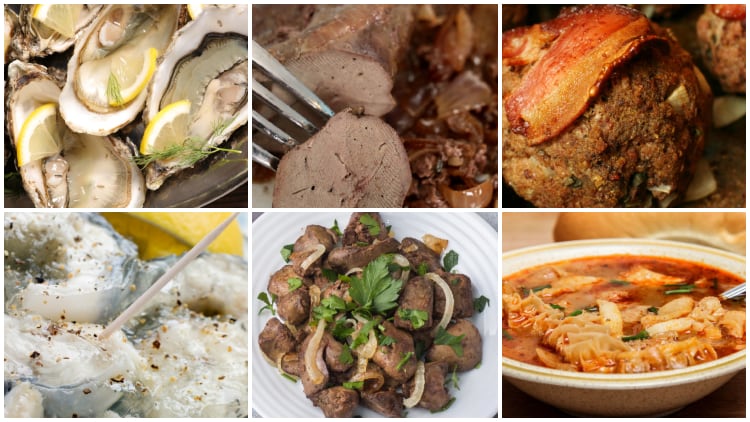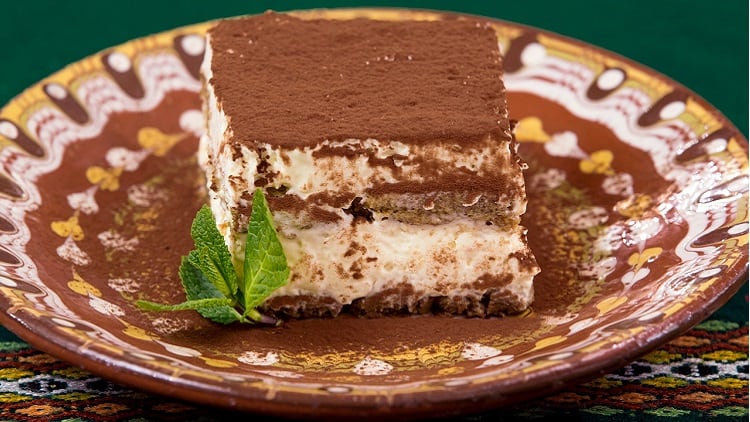Serving your customers what they are demanding may seem like an obvious thing but what happens when what they want is a little obscure?
Different regions of the country have their own little quirks, and with this comes slightly alternative foods.
From the coast to the inner city, punters call for their traditional classics, which may not otherwise be seen on pub menus in other parts of the nation.
One example of this is Kent town Whitstable, which has long been synonymous with the fruits of the sea because much of the area’s history is built upon its native oysters (Ostrea edulis) – a flavoursome and tasty variety of cultivated European oyster.
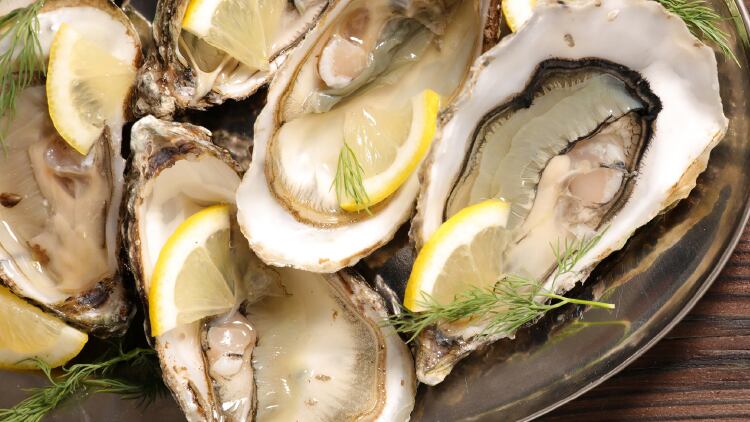
These were collected from beds beyond the low water mark from Roman times until the mid 20th century. This is celebrated at the famous annual Whitstable Oyster Festival, which takes place in the town during the summer (July).
The nine-day festival starts with an opening parade, which begins with the official ‘landing of the catch’, followed by the procession of oysters in a horse-drawn dray through the town, stopping to deliver the catch to local restaurants, cafés and pubs.
The rest of the festival consists of entertainment for adults and children with local art on display around the town and many pubs and restaurants offering local fish dishes.
Following the monks’ example
One pub that offers these spectacular oysters is number one on this year’s Estrella Damm Top 50 Gastropubs list, the Sportsman.
The pub aims to “follow the monks’ example” by letting the area around dictate what it cooks, because behind the pub is the Thames Estuary, leading out to the North Sea, providing oysters and fish.
Keeping the sea fare theme, classic English dish jellied eels originated in the 18th century, primarily in the East End of London. The dish, which is as iconic as the East End’s cockney duo Chas ’n’ Dave, consists of chopped eels (traditionally freshwater), boiled in a spiced stock that is cooled and set, forming a jelly, and is eaten cold.
They are often sold with pie and mash – another traditional East End food, and eaten with chilli vinegar or with malt vinegar and white pepper.
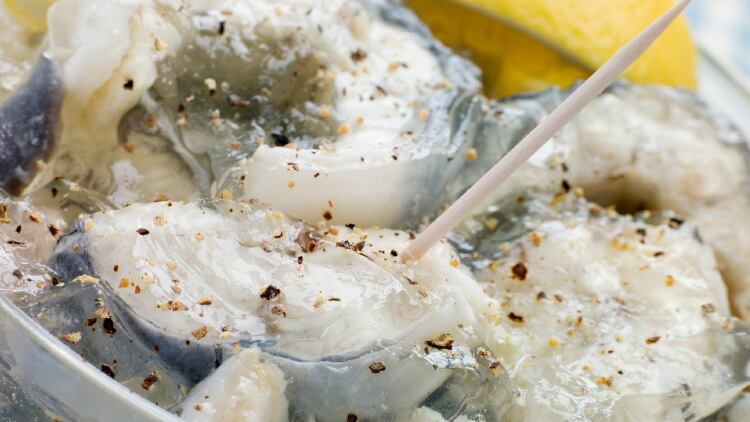
Traditionally, the eel was a cheap, readily available and nutritious source of food for the people of the capital and European eels were once so common in the Thames that nets were set as far up the river as London, and eels became a staple dish for the poor.
Fast forward a few centuries and rationing during WW2 caused a rise in the popularity of jellied eels and by the end of the war, London had more than 100 eel and pie shops.
Eel is a naturally gelatinous fish and is rich in omega-3 acids alongside vitamins B12 and A. The jelly is also a good source of joint and skin-friendly collagen.
Turning offal into a staple food
Reaching outside of the capital, while offal isn’t a region-specific option, it is something seen on few pub menus, however, for the Longs Arms in South Wraxhall, on the Wiltshire-Somerset border, it is a staple.
Licensee Rob Allcock says: “Our offal, from tripe to our home-made faggots, is a top seller. This is because no one else around us cooks it.
“We get the old boys coming in, complaining that their wives refuse to cook it for them so they come in and see us instead.
“We call tripe ‘Lancashire calamari’ because that’s what my nan used to call it. It’s a great way of serving tripe without having to actually say tripe.
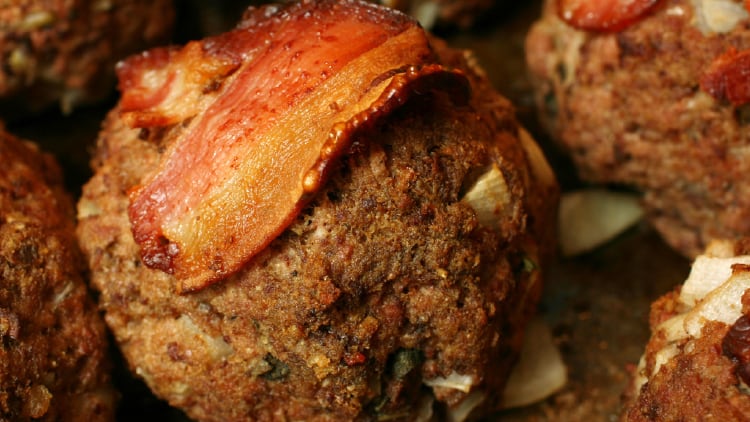
“You can make it really nice by smoking and deep frying it.” Allcock also outlines why offal is a dish that operators have shied away from putting on their menus and why they should reconsider this approach.
He adds: “Not many chefs know what to do with [tripe] and it is certainly not cheap to buy. It also has a bad reputation and is what your grandparents made you eat as a kid.
“It is totally tasteless so it is a good carrier of other flavours and that is why we smoke it. It is really healthy and not just for dogs!”
From traditional dishes to the new, jackfruit has been hailed the latest meatfree alternative, keeping up with the vegan/veggie/healthy food trend that is currently sweeping the nation.
Labelled as ‘pulled pork for veggies’, when ripe, jackfruit is naturally sweet, with subtle flavouring and can be used in dessert dishes.
It garnered its nickname because when young and unripe, the fruit soaks up flavour well and has a stringy ‘meatlike’ texture when cooked.
Its seeds can be boiled or roasted and eaten as bar snacks because they are similar to chestnuts or macadamia nuts in taste.
The versatile jackfruit is available as a whole fruit, sliced into sections, packed into cans, dried, frozen or made into other products.
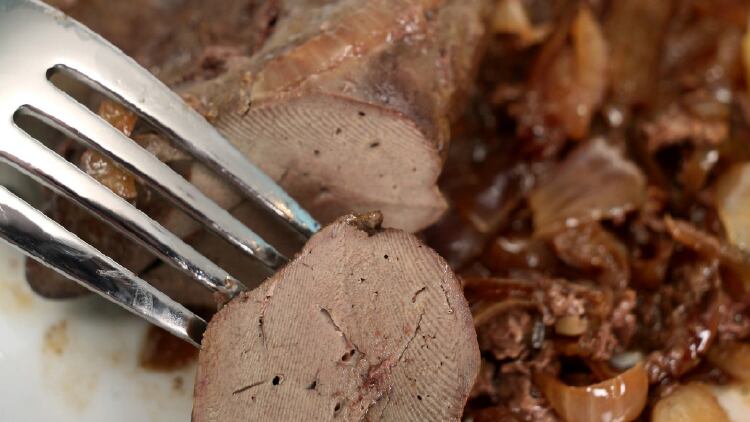
Using ‘vegetarian meat’
The Morning Advertiser’s sister title Food Spark says jackfruit is the largest tree-borne fruit in the world and at maturity, can reach 60cm in length and weigh up to 18kg.
The jackfruit tree is believed to have originated in southern India and thrives in hot, humid environments.
It now also grows in South America, Africa, Australia and the Caribbean, as well as in other parts of south-east Asia. In India, jackfruit is often referred to as ‘vegetarian’s meat’.
Chef-director of TPH of Chelsea, Yogesh Datta, says the fruit is fibrous, chewy and meaty – giving a perfect texture as a meat replacement in a biryani, according to Food Spark.
Datta agrees the fruit takes well to spices, holds firm when cooked with onions and tomatoes, and imparts a sweet tinge to a dish.

